Stage-gate Process
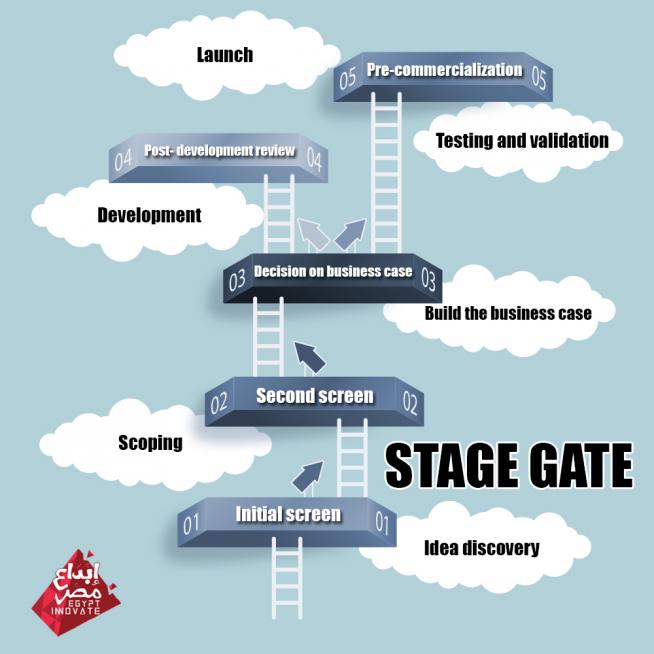
What is this?
Stage-gate is a new product development or process improvement tool. Every product or process innovation begins with an idea and ends with the launch. Using this tool every business has to take several steps defined as processes or stages separated by gates. The stages represent the activities and research phase while the gates represent the decision-making phase following every stage. This is inspired from the book, “A Stage-Gate Idea-to-Launch Framework for Driving New Products to Market” by R.G. Cooper.
When and why is this used?
Use this tool when you are working on your product or process innovation. When businesses use the Stage-gate process it helps in creating product leadership and achieving customer and market focus when thinking of any product enhancements. With six stages of surveying and research, your company’s decisions become more accurate with fewer errors within projects.
How is this tool used?
Step 1 (Activities done in every stage ):
Stage 0: Idea discovery
In this stage, you work on generating ideas to discover business opportunities and generate new ideas for a new product.
Stage 1: Scoping
Now you do a quick and inexpensive assessment in order to investigate your market opportunities. you can do this with preliminary research.
Stage 2: Build the business case
Afterwards, you do an intensive research for both market and technical requirements of your product and a business feasibility study. You can use several tools like surveys, focus groups and one to one interviews. This result in building your business case with its main components, product and project definition, project justification and project plan.
Stage 3: Development
The previous plans are then divided into several actions. You start to map out the design and the development process of the new product, the manufacturing plan, the operations plan. The test plan is defined for the next stage.
Stage 4: Testing and validation
In this stage, you are trying to validate the entire process. You test the product quality, the customer acceptance and satisfaction, the profitability of the project and the success of the operations plan.
Stage 5: Launch
Now your product is ready to launch. You start working on the commercialization and begin the whole process of production, marketing and selling your new product.
Step 2 (Decisions made at the gates):
After every stage, there is a decision-making phase called, “The gate”. Gates have one of 4 outputs for a decision (go/kill/hold/recycle) and a path forward.
Gate 1: Initial screen
Gate 2: Second screen
Gate 3: Decision on business case
Gate 4: Post- development review
Gate 5: Pre-commercialization decision
Step 3 (After launch review):
Now that you have launched your new product, you might reuse the stage-gate process for further innovation or improvements depending on customers’ feedback and market changes.
Hints for using this tool
After each stage, a project passes through a gate where a decision is made whether or not to continue investing in the project. These serve as quality-control checkpoints with three goals: ensure the quality of execution, evaluate the business validity, and approve the project plan and resources.
Case Study
After several idea generation meetings, an Egyptian company decides to manufacture a blender. The company carries out the stage-gate process for their new product development.
- Stage 1 (Scoping): In their initial market research, they survey If the market needs their product? are there any entry barriers? Who are their competitors? They want to investigate the customer's’ needs, and do they expect from their products.
- Gate 2: The surveys show that there is a market need for a good quality blender at an affordable price. Now move to the next stage.
- Stage 2 (Building business case): This stage is a deeper market research with more focusing on their product features. Customers want a blender with a non-stick jar that is easy to wash. The company starts to research non-stick materials and who are their suppliers? What is the material used by the competitors?
- Gate 3: Since they were able to make a deal with their raw materials supplier at a good price, then they can now start with developing their product.
- Stage 3 (Development): They start to work on the blender’s design and how can they make use of the non-stick material. They develop an easily washed product to meet customers’ need.
- Gate 4: After developing a sample of the blender, now it's time to test it against all required criteria.
- Stage 4 (Testing): The company starts the testing phase. Is the jar strong enough to handle the pressure? Does it break easily? Is it easy to wash? And after blending food, does that stick to the walls of the jar?
- Gate 5: If the answer to stage 4 questions is yes, then It’s time for their product launch.
- Stage 5 (Implementation): This is the commercialization phase, where the company works on marketing and selling the blender. A successful company shall follow up on customers’ feedback.
Pros and Cons
On one hand, this is an effective and efficient tool for improving product innovation results. The stage-gate process helps you in gathering the right information, at the right time and taking the suitable decision. It gives teams a clear guidance for priorities. On the other hand, the process may reduce creativity due to excessive structure and organization.
Download EgyptInnovate's checklist for the Stage-gate process.



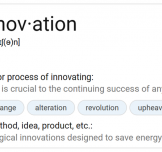




















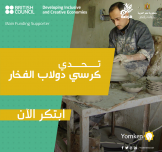


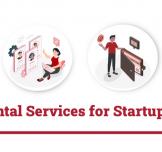





















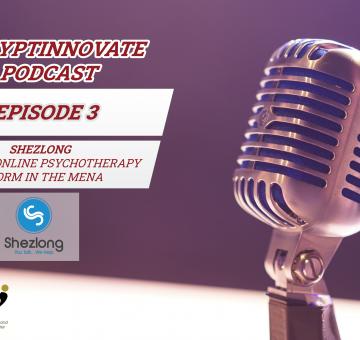















EgyptInnovate site is not responsible for the content of the comments